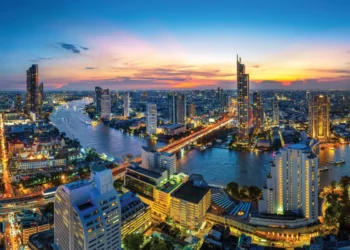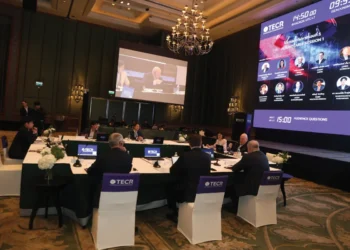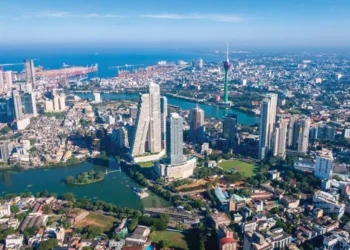The Innovation Group details some of the key factors that will influence the timing and speed of recovery for Asia’s gaming industry.
The Innovation Group has been closely monitoring the impact of COVID-19 on the global gaming industry and exploring the potential recovery patterns. Despite wide variation in potential outcomes and differing epidemiological views on the extent and duration of containment of the coronavirus, knowing the baseline prospects for recovery in a market can assist in making the right decisions at the right time, with specific local market assumptions and emerging data on customer sentiment taken into account.
Beginning with the US regional markets, we have been tracking and are positioned to provide recovery guidance for specific destination and international markets. In addition, we have tracked online gaming trends separately in the wake of the coronavirus. Over the course of developing the tool, we have identified key demand, supply and other factors that are important in making strategic operating or capital expense decisions:
DEMAND CONSIDERATIONS
Employment and Income: Do people have jobs and money to spend (especially for discretionary spending)? Although there is no precedent of the magnitude of COVID-19, this factor is quantifiable to a degree based on recovery trends from the 2008-09 Great Recession. In the case of Asian gaming, while most major Asian feeder markets have not experienced the same level of infection as the US, global recessionary effects are likely in the coming quarters, which would affect disposable income and discretionary spend.
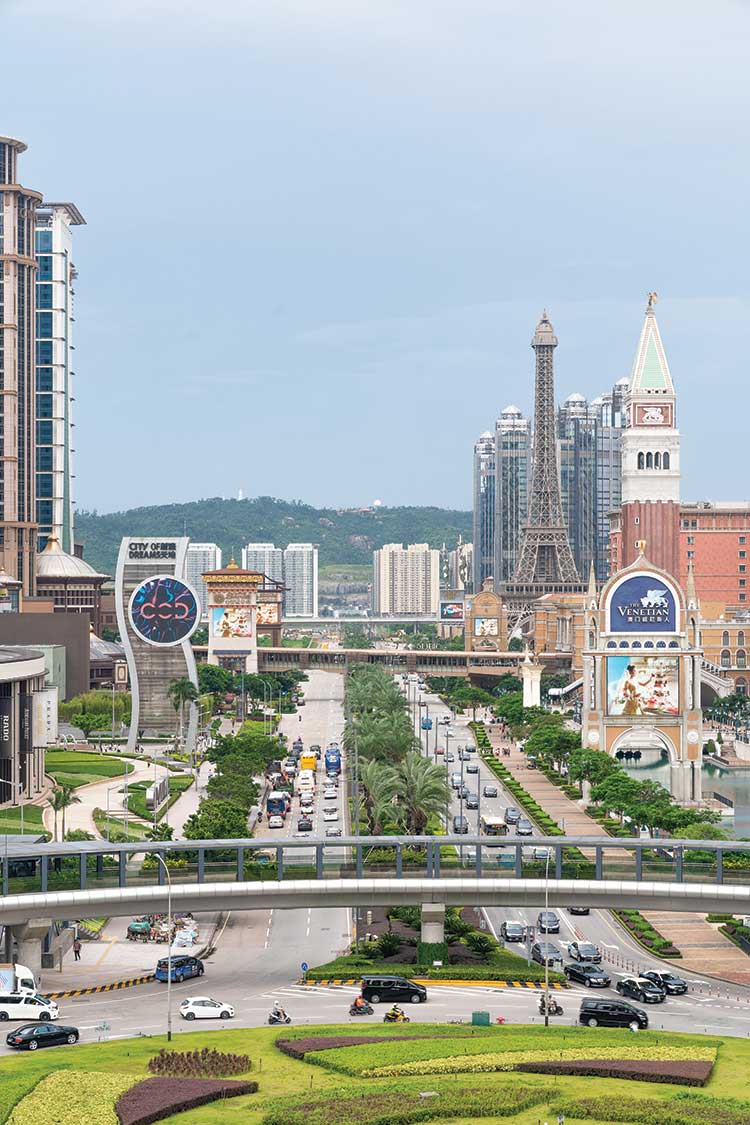 Consumer sentiment: Will consumers be more cautious in their spending even if they have the means? This factor is more subjective, albeit quantifiable to a degree through consumer confidence measurements.
Consumer sentiment: Will consumers be more cautious in their spending even if they have the means? This factor is more subjective, albeit quantifiable to a degree through consumer confidence measurements.
Customer perception of safety: Will previous gamers continue to avoid public spaces like casino resorts, and for how long? Again, there is no modern precedent to COVID-19. But air passenger trends following 9/11 can inform to some extent. Additionally, there was a narrow window (late January and early February in Asia and first two weeks of March in the US) with weekly reporting statistics that provides insight into gaming behavior immediately preceding industry closure.
SUPPLY CONSIDERATIONS
Social distancing and seating capacity constraints: In advance of full containment of COVID-19, casinos are likely to institute social distancing and seating density measures that will limit the number of gaming positions available. This would result in capacity constraints, especially in high-volume casino markets. Thus, we believe spacing and density control on gaming floors will result in capacity constraints on top of the demand response.
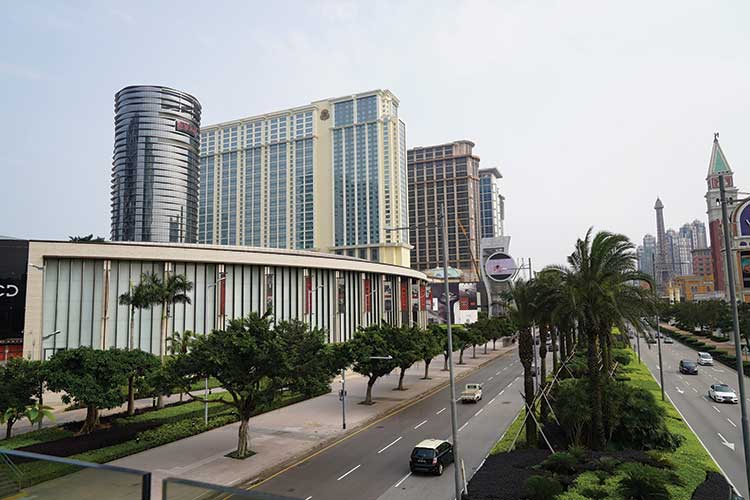
okHowever, we note that the impact of new spacing policies is not ubiquitous. In a casino where historically only one out of every three slot machines was occupied at peak, there would be less sensitivity to an effective supply cap than a casino fully occupied during peak periods.
New development and maintenance CapEx: We believe the potential impact of tight credit markets would constrain greenfield development or planned property expansions in Asian gaming markets. Further, the possible impact of lapsed facility upkeep may result in players shifting their property of preference, though not reducing their baseline level of play.
Potential closures: We recognize that COVID-19 may result in a limited number of permanent casino closures. This could result from insufficient liquidity in poor locations where reopening under current or new ownership does not pencil. However, this should have a somewhat neutral effect on the outlook results, with the assumption that reduced supply will generally occur in more markets where lost revenue would likely be absorbed in the remaining facilities.
APAC-SPECIFIC CONSIDERATIONS
Taking advantage of prohibitions and restrictions in the most populated countries in the region, casino gaming throughout Asia-Pacific has traditionally relied on foreign customers to a large degree. Therefore, in addition to the demand and supply considerations, factors related to international travel in the region can also have significant impacts on gaming performance.
What we observed in some Asian markets in February suggests that a stronger recovery is likely to be led by the VIP segment, due to factors such as higher gaming budgets, smaller number of travelers and more flexible itineraries and arrangements. Nevertheless, the potential possibility of new outbreaks, especially by “imported” cases of infection, as well as the associated precautionary measures and public concerns, may hinder or slow down the recovery process.
Entry/Immigration requirements (including mandatory health quarantine): Re-opening of the casinos in Macau did not realize a quick comeback, although the first few weeks in March saw the VIP segment stronger than Mass with high hold. Later in the month through present, however, Macau’s tightened entry controls, due to an increased number of imported cases of infection, as well as neighboring Guangdong Province’s mandatory quarantine for visitors returning from Macau, contributed largely to the year-over-year slump of GGR.
 Travel and visa restrictions: In a similar manner, reliance on foreign visitors implies the significant impacts of travel and visa restrictions on Asian gaming during the pandemic period. While Macau (along with many other Asian gaming jurisdictions) has imposed bans on visitors from many foreign countries for the time being, it is worth noting that industry professionals believe the restrictions may begin to be gradually eased over the following few weeks, and Mainland China’s Individual Visit Scheme (IVS) program is anticipated to be resumed – and even better, expanded to cover new feeder cities – in the near future.
Travel and visa restrictions: In a similar manner, reliance on foreign visitors implies the significant impacts of travel and visa restrictions on Asian gaming during the pandemic period. While Macau (along with many other Asian gaming jurisdictions) has imposed bans on visitors from many foreign countries for the time being, it is worth noting that industry professionals believe the restrictions may begin to be gradually eased over the following few weeks, and Mainland China’s Individual Visit Scheme (IVS) program is anticipated to be resumed – and even better, expanded to cover new feeder cities – in the near future.
Transportation capacity and logistics: This concerns pipelines between feeder markets and gaming destinations. As economies gradually reopen, we expect an increasing number of resumed flights, bus routes and more in the region. However, it remains to be seen how fast transportation capacity recovers, given the new seating density control measures in the post-pandemic era.
While it remains unclear how quickly the challenging environment will ease so that business volume will get back to pre-pandemic levels, operators in the Asia-Pacific region will need to respond to distinct circumstances including, but not limited to, these key factors that comprise a much-changed operating landscape.












